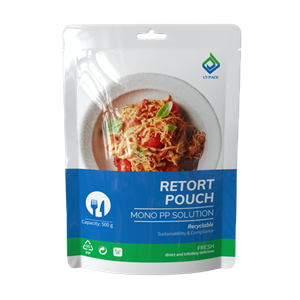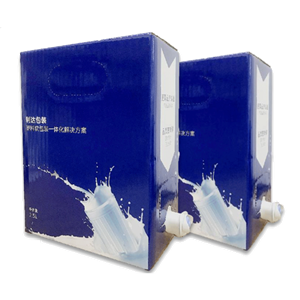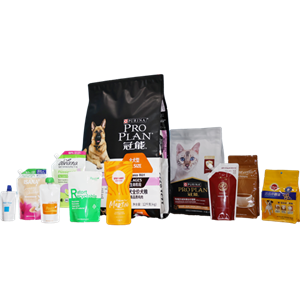The Modern Packaging Film
1. Cast Polypropylene (CPP)
CPP can generally be classified into the following types of films
(1) General heat-sealable CPP
The heat-sealable CPP can be single-layer or multi-layer. In order to give consideration to rigidity, heat sealing and economical efficiency, it is usually produced in A/B or A/B/C structure. Here, take 3-layer CPP as an example to make a brief introduction.
Layer A is usually a corona treatment layer. In order to obtain a relatively stable corona value and maintain it at a certain level, the material of this layer is generally co-polypropylene or a mixture of co-polypropylene and homo-polypropylene(HOPP).
Layer B is the middle layer, often called the structure layer. The main role of this layer is to provide the rigidity required throughout the film, which Usually is homo-polypropylene(HOPP). On some occasions of higher heat seal requirement, co-polypropylene is also selected.
Layer C is a heat seal layer, which can be the same as layer A. But in most cases they are different. In pursuit of fast packaging, this layer of co-polypropylene has a lower melting point, which can provides lower than 100℃ sealing temperature. In order to ensure the smooth operation of the packaging film on the filling equipment, a certain amount of opening agent and smoothing agent are usually added to the layer C.
The thickness of the heat-sealable CPP varies from 20 µm to 80 µm, and the thickness ratio of the 3-layer film is usually 1:2:1 to 3:4:3
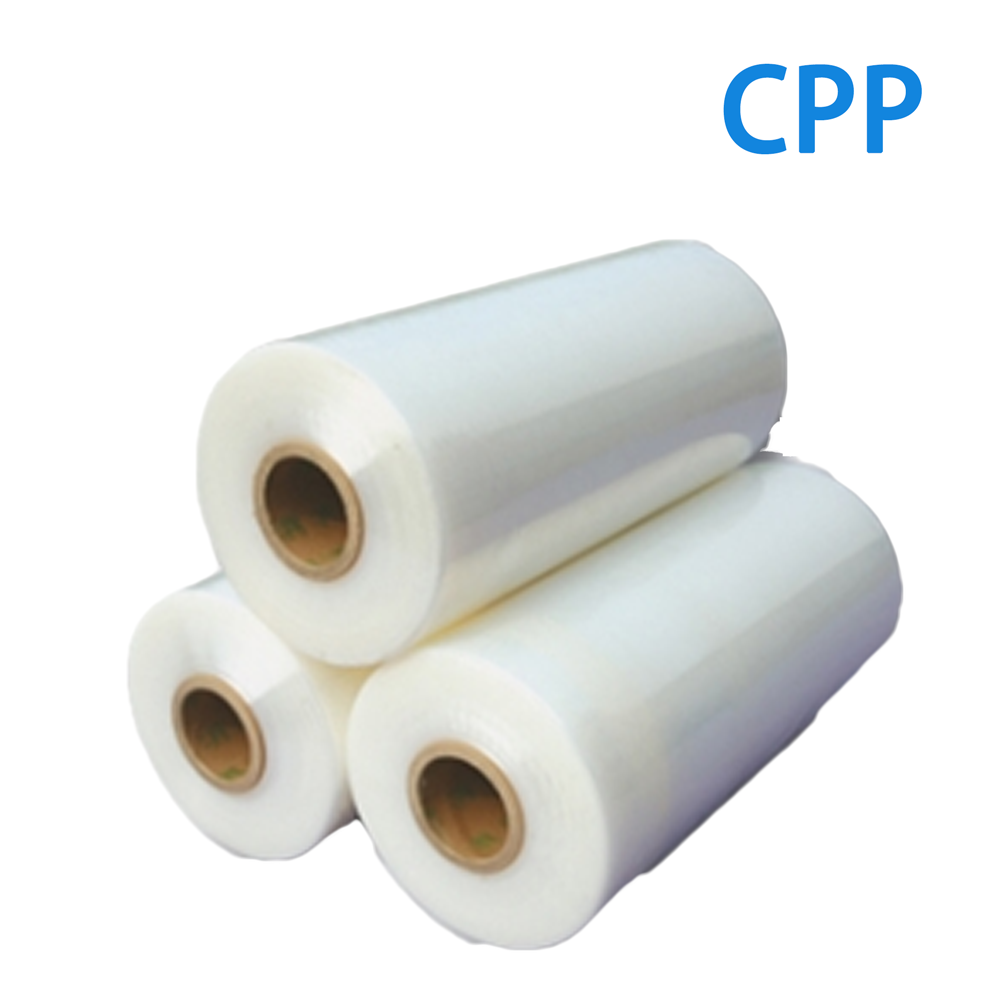
(2) VMCPP
The VMCPP is different from the general heat-sealable CPP. VMCPP contains no or less migratory additives which may affect the adhesion of aluminum coating. The layer A as the aluminum coating must have good aluminized adhesion strength after corona treatment. Usually, the aluminum coating strength of PP is below 0.7N/15mm, and mostly it is about 0.3N/15mm. It is commonly to use special resin for aluminum coating or to modify the VMCPP layer. The heat sealing layer of VMCPP has a higher friction coefficient because it can add no or less migration additives, such as smoothing agents.
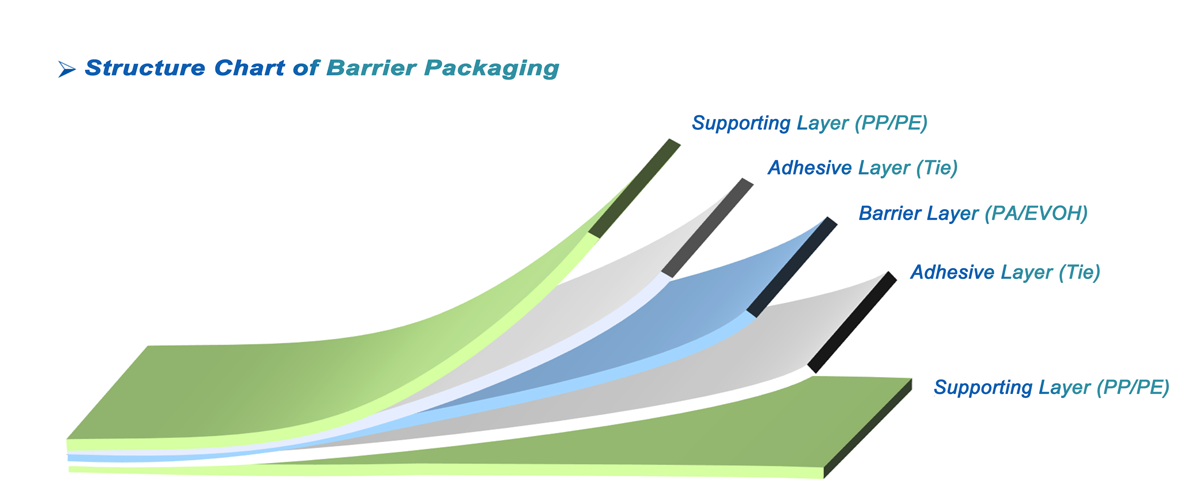
(3) RCPP
For flexible packaging that requires 121℃ retorting for 30 min, it is suitable to use RCPP film. RCPP is usually produced by flow casting of random co-polypropylene above 40μ. Usually the sealing temperature of RCPP is high, about 135℃or above, and its haze is also higher than the general heat sealable film. The CPP with good temperature resistance usually has poor cold endurance. If the packed food is frozen food (stored at -18℃), the CPP packaging will be broken easily due to its bad cold endurance. To improve this problem, Polypropylene elastomer or special polyethylene elastomer can be added to CPP. These elastomer can significantly improve the impact resistance of the PP film under low temperature, but also bring some loss of transparency.
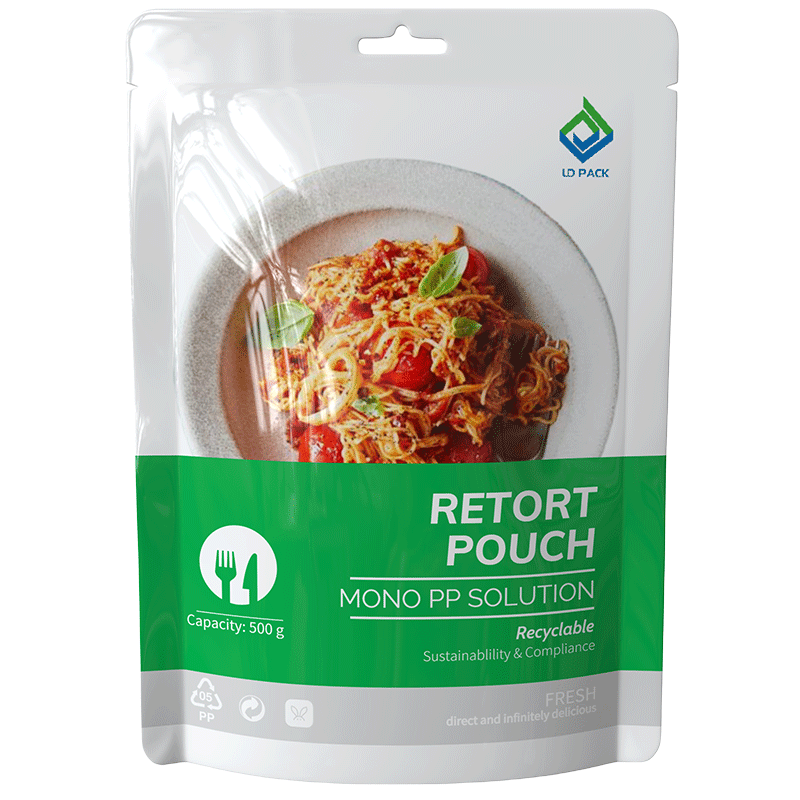
2. Cast Polyethylene (CPE )
Different from CPP, cast polyethylene (CPE) has the advantages of good puncture resistance and low temperature toughness etc., and it has different uses from CPP in food packaging, rice bags, low temperature packaging. Compared with the traditional PE, CPE has better transparency and uniform thickness (more conducive to high-speed printing and solvent-free laminating), large film width, fast speed and high production efficiency. CPE instead of traditional PE will become the trend of future packaging.
The cast polyethylene film is mostly produced by three-layer co-extrusion, in which the raw materials ration of corona layer, core layer and heat sealing layer is generally 1:3:1.
As the support layer, the core layer mainly provides the mechanical properties; the heat sealing layer is mainly concerned with the sealing temperature and heat sealing strength of raw materials. The corona layer should pay attention to the content and migration degree of small molecular components.
The raw material melt index of CPE is usually 2~4g/10min(190℃, 2.16kg)
In the field of flexible packaging, CPE has the following typical applications:
Boiling sterilization at 100℃, used for packaging of vegetable, pickled food, sauce, spiced food etc.
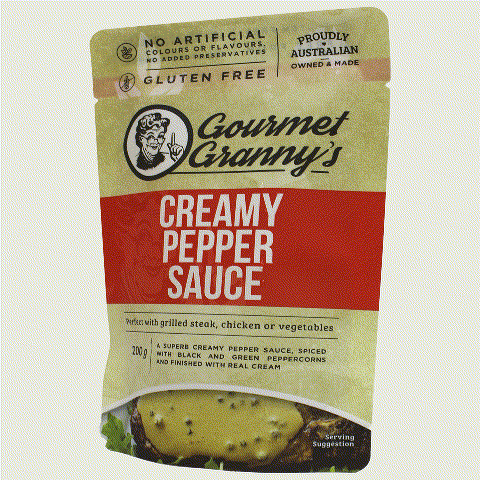
The cast film has lower degree of crystallinity and is softer. For frozen vacuum packaging with resistance of -18℃, CPE improves the puncture resistance, softness and toughness to make it more suitable for specific applications such as seafood and dumplings.
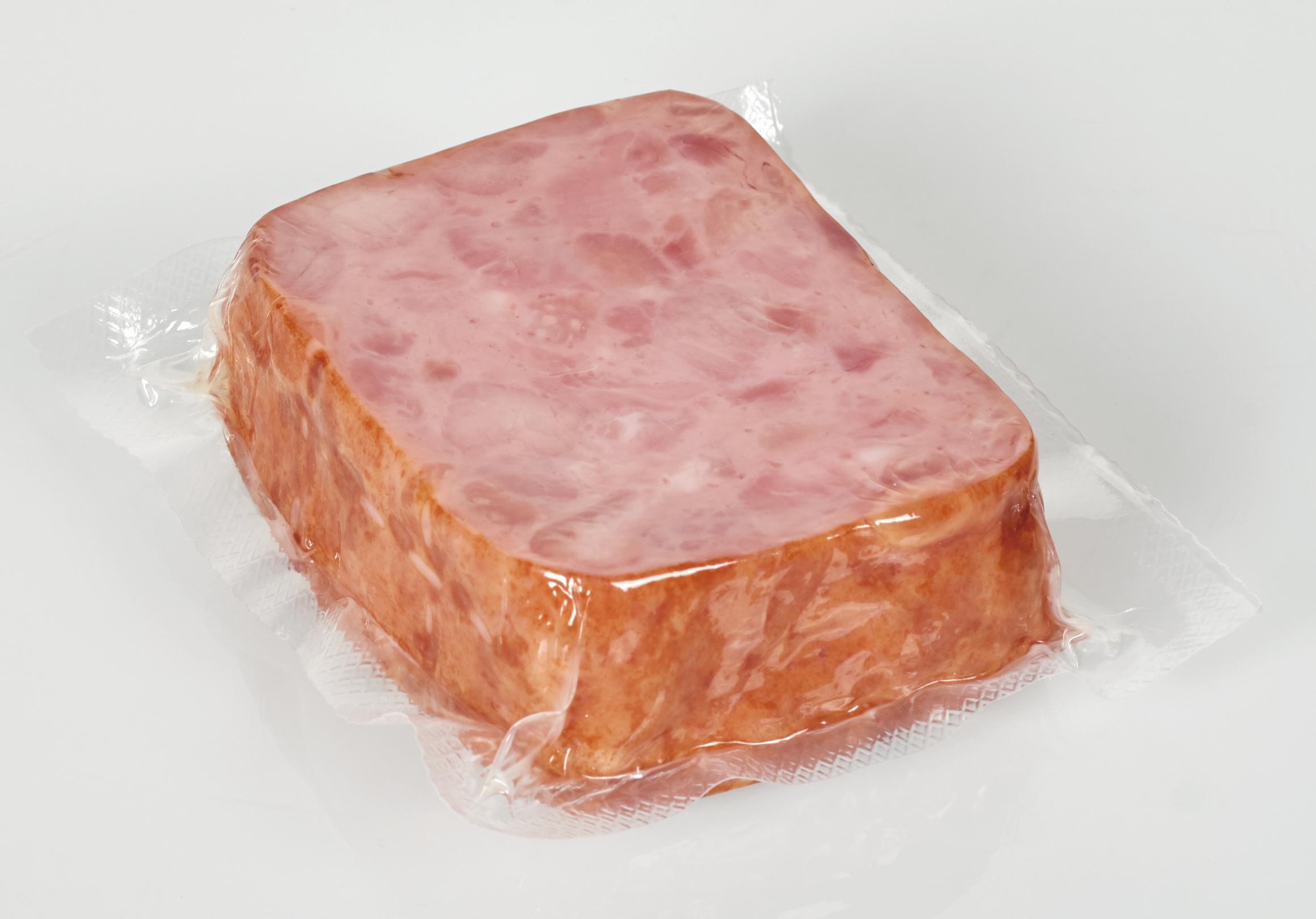
Better flatness reduces the probability of missing packets on automatic packaging lines, typical applications such as hot pot seasoning and condiments packaging, etc.
(4) Tissue Packaging
More used for small bags of dry tissue and wet tissue, etc. Both sides are required to be smooth and have good antistatic performance, excellent impact strength. The cast film can adapt to the high-speed requirements of tissue packaging due to its better smoothness.
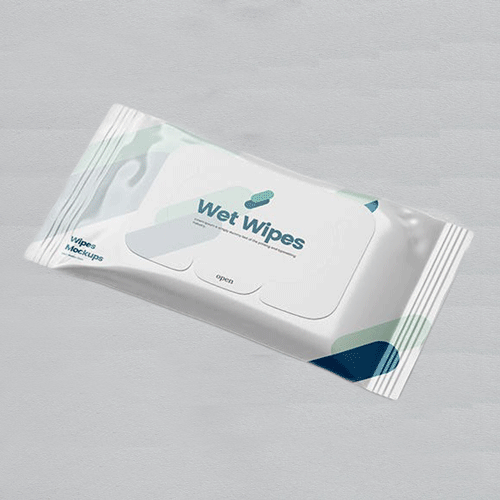
CPE is laminated with BOPP, BOPA, used for packaging of washing liquid, oil and beverage etc. CPE is required to have both good heat sealing property and certain stiffness.
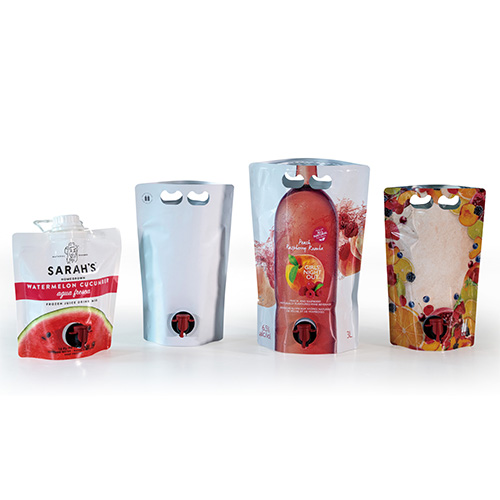
(6) VMPE Packaging
CPE is laminated with BOPP and BOPA after aluminum coating, used for packaging of candies, biscuits and tea etc..
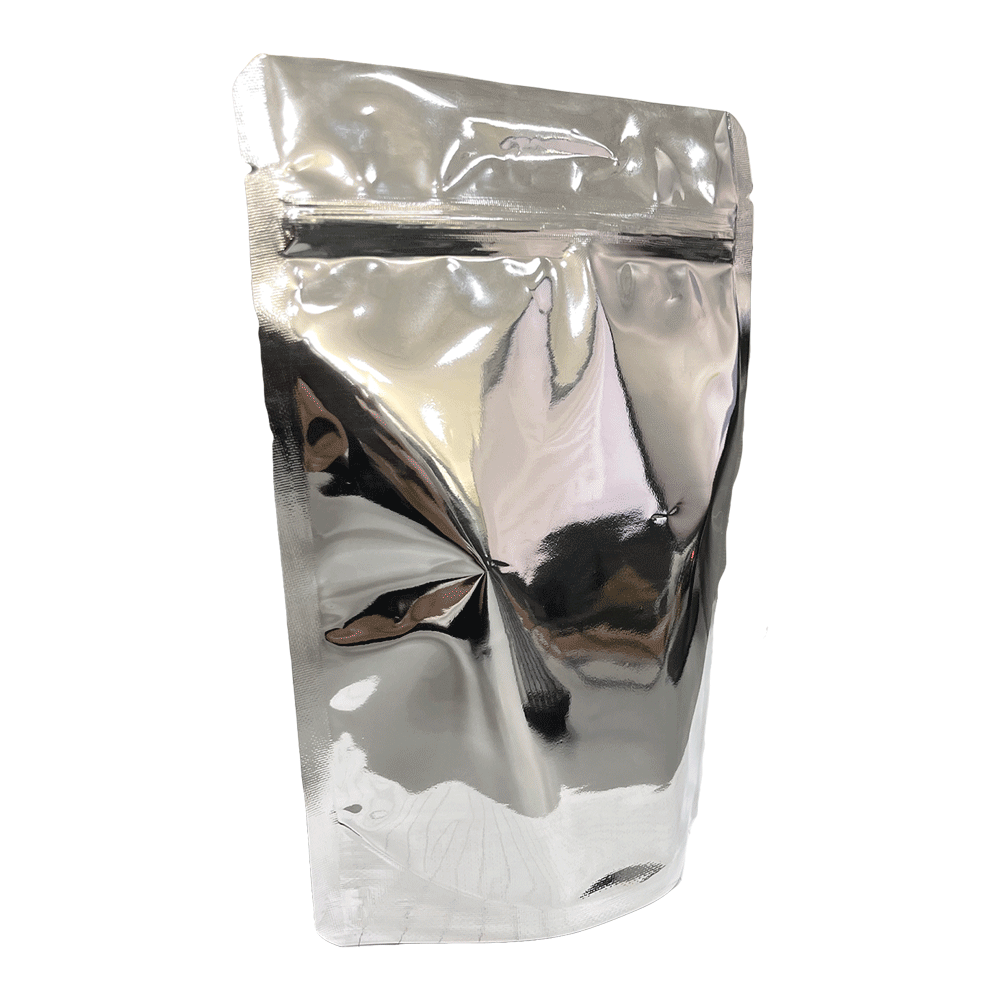
Statement: This article is written by LD PACK and all rights reserved by LD PACK. The content is for reference only. Please correct any errors. Shall not be reproduced without permission, otherwise LD PACK will reserve the right to pursue its legal liability. If you have any technical questions, please email sales@ldpack.com for a discussion.


